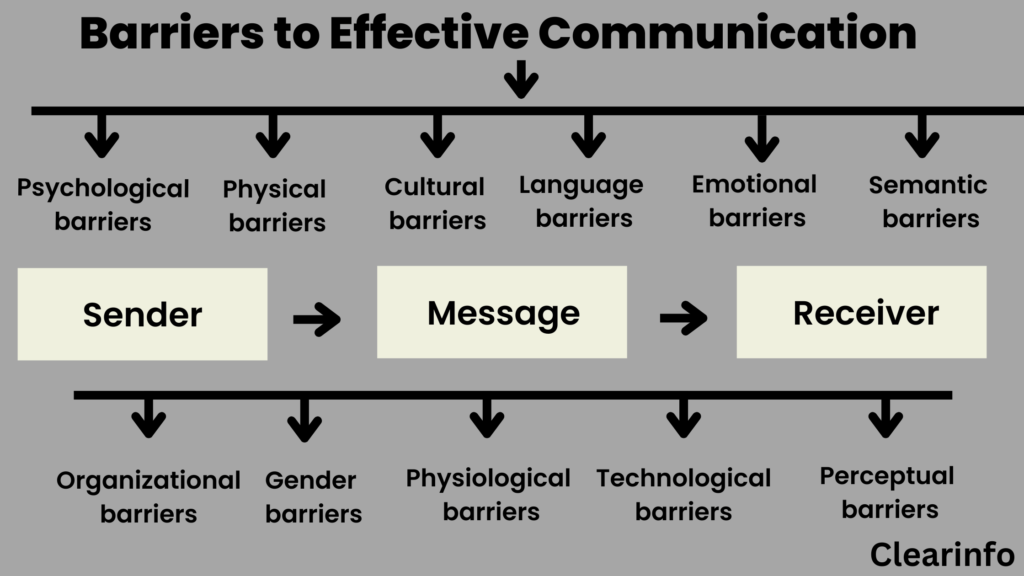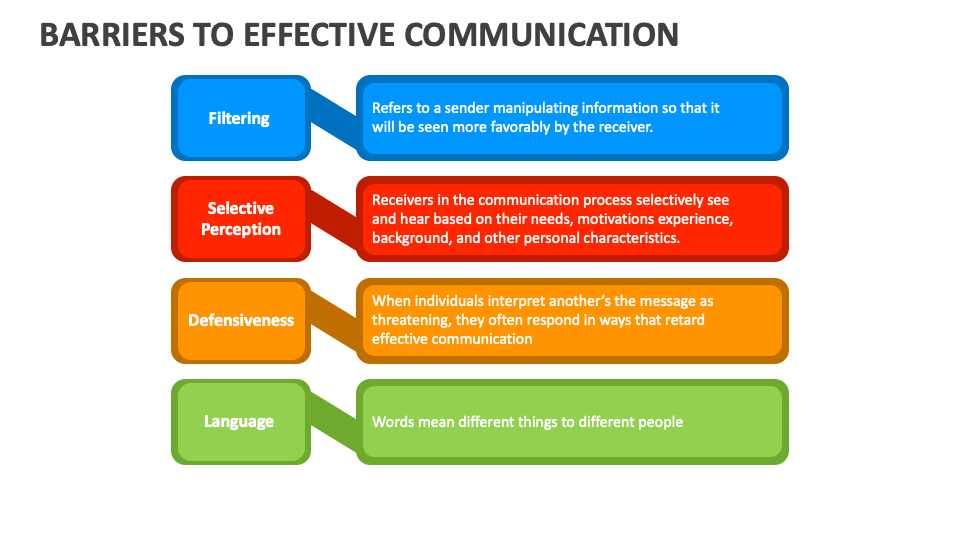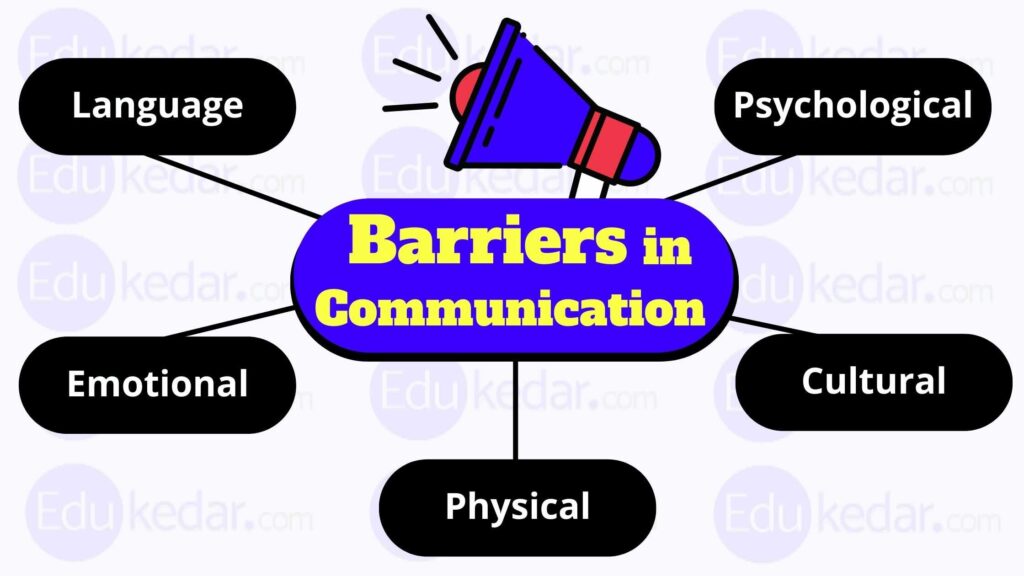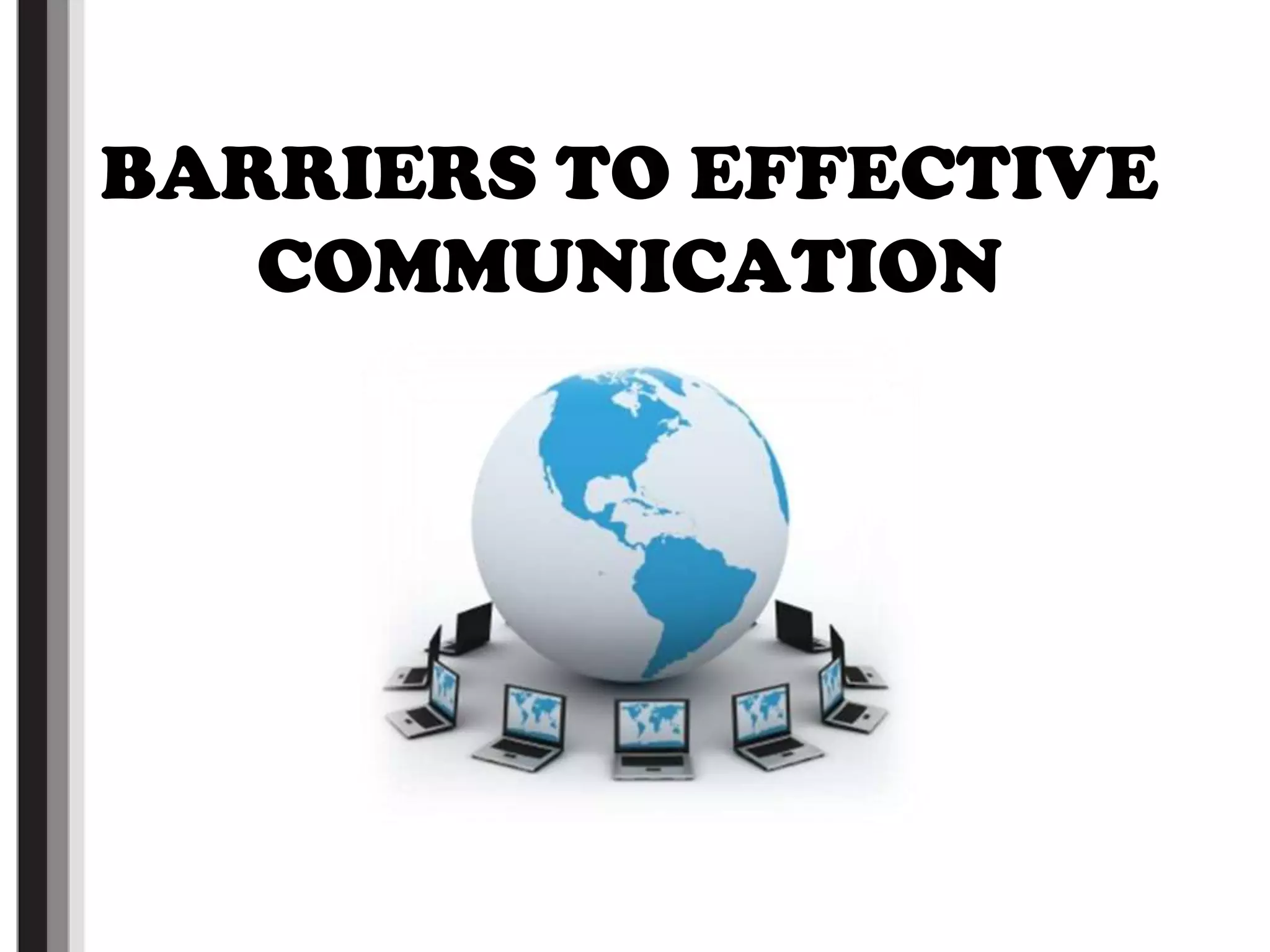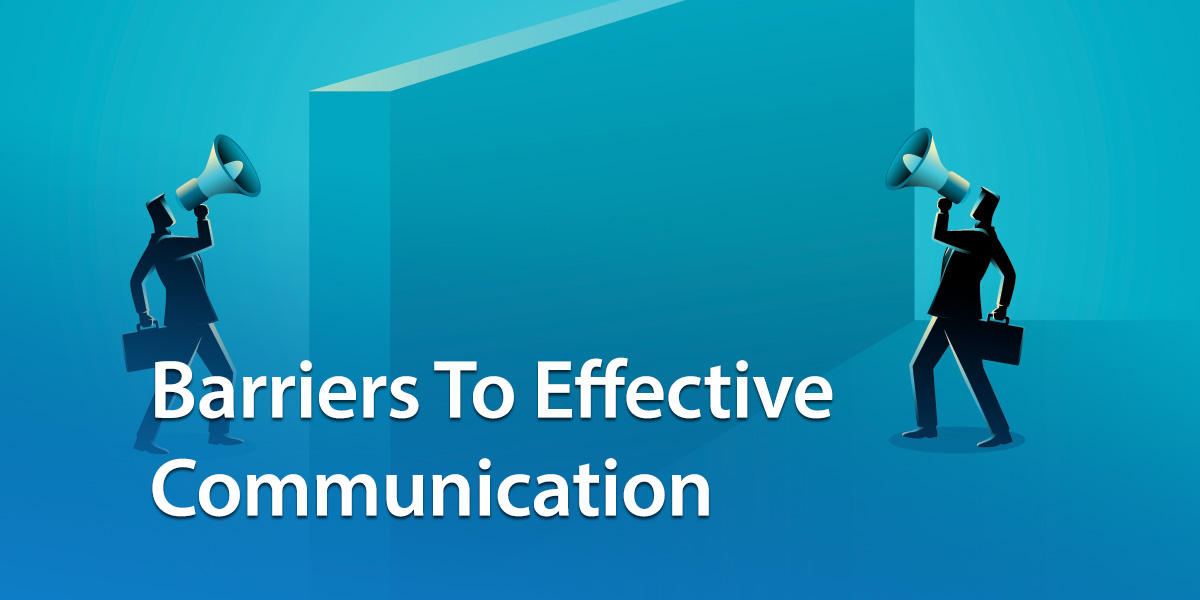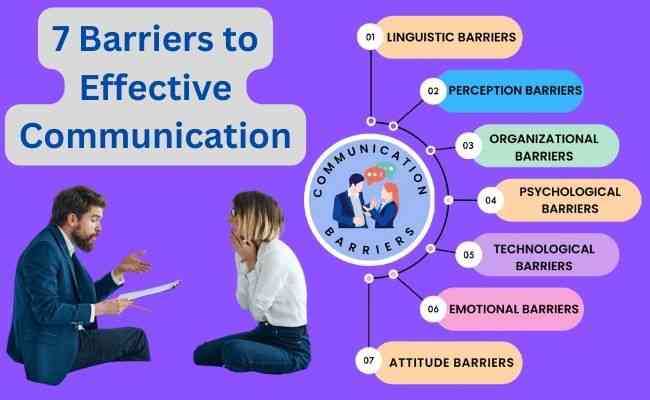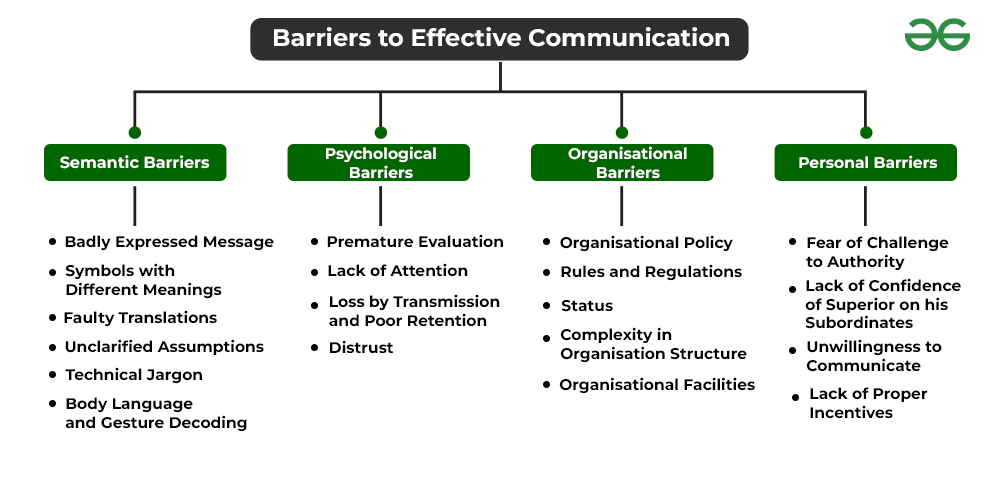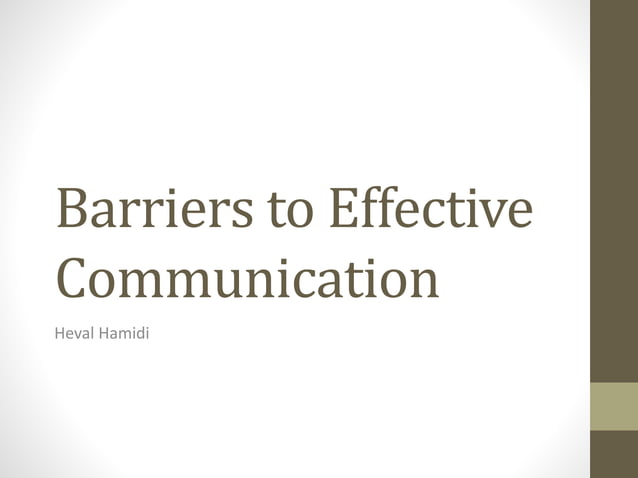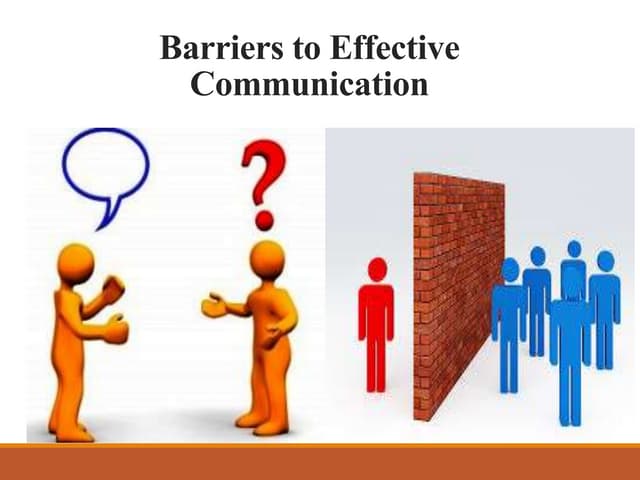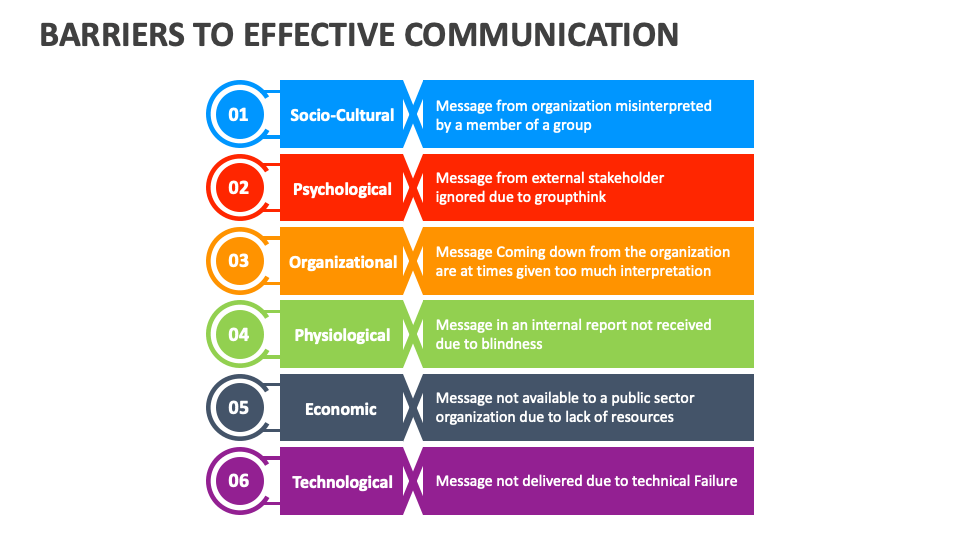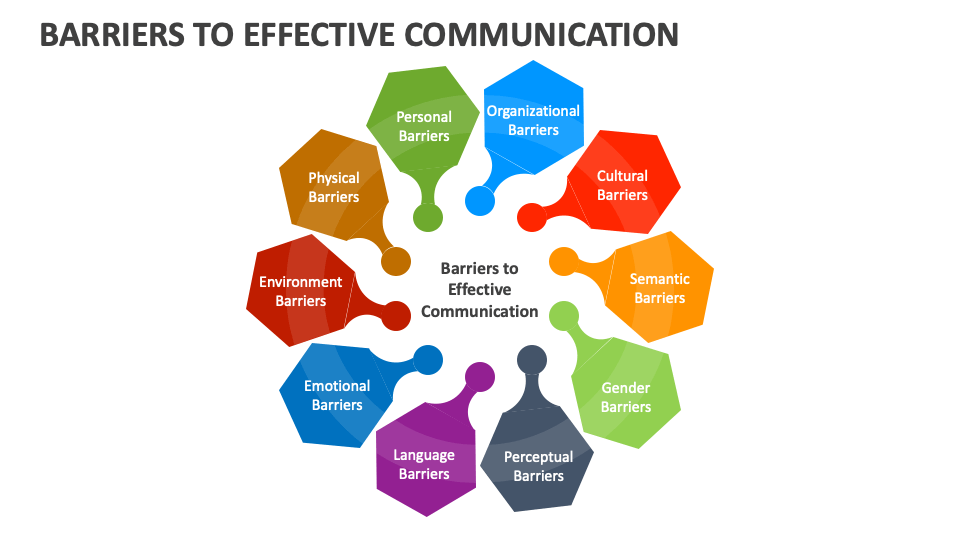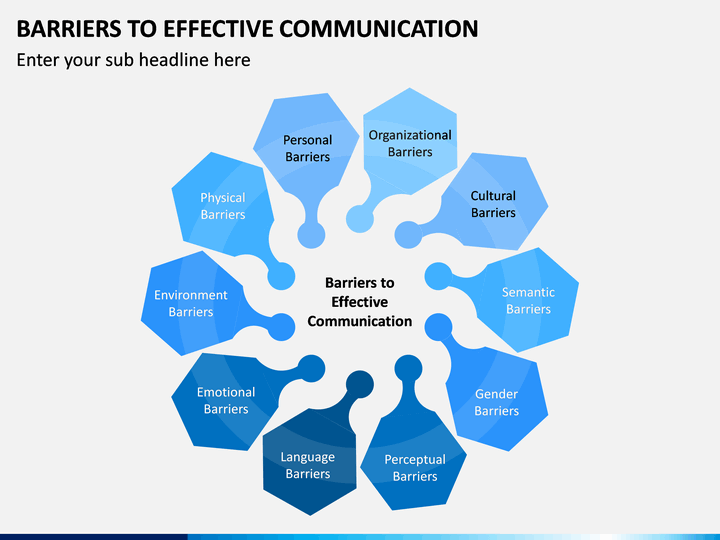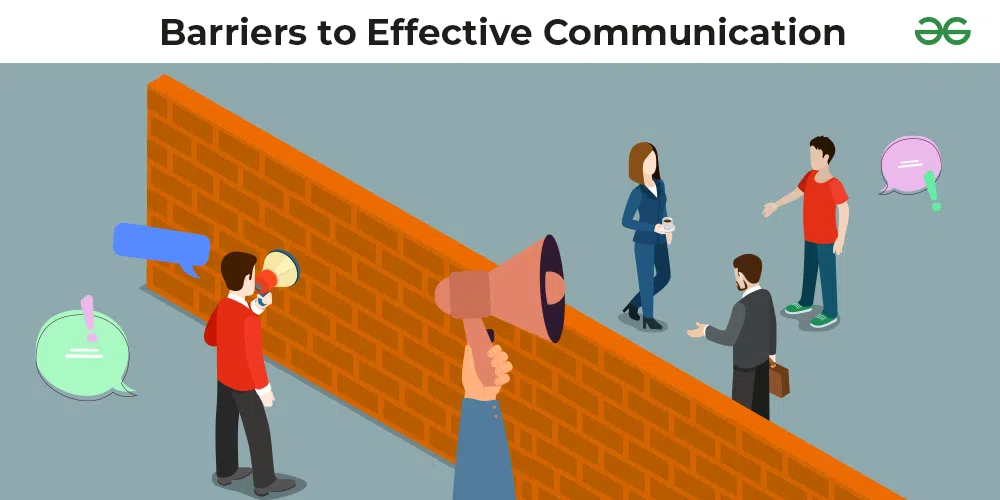8 Barriers To Effective Communication
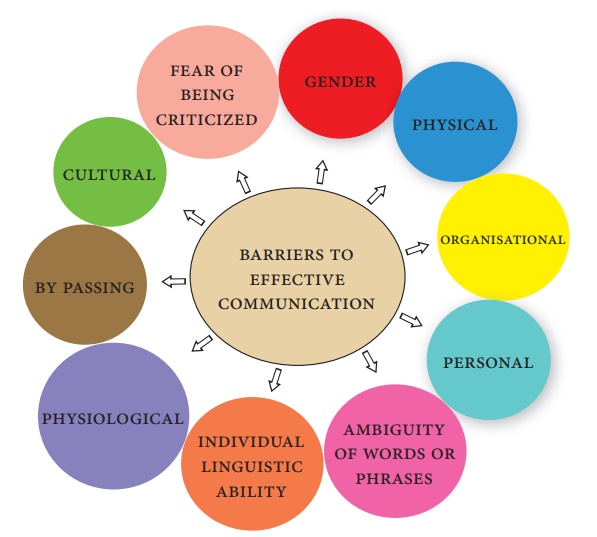
Communication breakdowns are costing businesses billions and crippling personal relationships. Experts identify eight critical barriers that must be addressed immediately to foster understanding and boost productivity.
This article dives into the key obstacles hindering effective communication, highlighting the urgent need for individuals and organizations to implement strategies for clearer, more impactful exchanges.
1. Physical Barriers: Noise and Distractions
Environmental factors like excessive noise, poor lighting, or uncomfortable temperatures impede clear messaging. Data from a 2023 study by Staples Advantage showed that 43% of employees reported noise as a significant impediment to workplace communication.
Addressing these physical distractions is paramount for productive conversations.
2. Psychological Barriers: Biases and Assumptions
Preconceived notions, stereotypes, and personal biases cloud judgment and distort messages. Research published in the Journal of Applied Psychology revealed that unconscious bias can alter communication interpretation by up to 60%.
Actively challenging these biases is crucial for objective understanding.
3. Semantic Barriers: Jargon and Ambiguity
The use of overly technical language, jargon, and ambiguous phrasing creates confusion and misinterpretations. A 2022 survey by Grammarly found that 81% of professionals admitted to misunderstandings due to unclear language in emails.
Clarity and simplicity are key to overcoming semantic hurdles.
4. Physiological Barriers: Health and Disabilities
Physical impairments like hearing loss, speech impediments, or vision problems can significantly hinder communication. The World Health Organization (WHO) estimates that over 5% of the world's population has disabling hearing loss.
Inclusive communication practices are essential to accommodate diverse needs.
5. Cultural Barriers: Differences in Norms and Values
Varying cultural norms, communication styles, and value systems can lead to misunderstandings. A Harvard Business Review study emphasized that cross-cultural miscommunication results in an average of $1,400 per employee per year in lost productivity.
Cultivating cultural sensitivity is vital for global collaboration.
6. Emotional Barriers: Anxiety and Fear
Fear of judgment, anxiety, and emotional distress can block open and honest communication. A Gallup poll indicated that 37% of employees avoid expressing dissenting opinions at work due to fear of negative consequences.
Creating a safe and supportive environment encourages open dialogue.
7. Channel Barriers: Inappropriate Medium
Selecting the wrong communication channel for the message can diminish its impact. For example, using email for urgent matters that require immediate attention. A Pew Research Center study found that only 26% of Americans regularly check their email.
Choose the right channel for the right message is important.
8. Time Barriers: Rushed Communication
Rushing communication without sufficient time for clear articulation or active listening leads to errors and omissions. Project Management Institute (PMI) research highlighted that poor communication is a contributing factor in over 30% of project failures, often due to time constraints.
Prioritizing time for thoughtful exchange enhances communication effectiveness.
Addressing these barriers requires a multi-faceted approach, from improving physical environments to fostering greater cultural awareness. Immediate action is critical to unlock the full potential of effective communication and mitigate the costly consequences of misunderstanding. Future reports will detail specific strategies for overcoming each of these barriers and building stronger, more communicative relationships.
